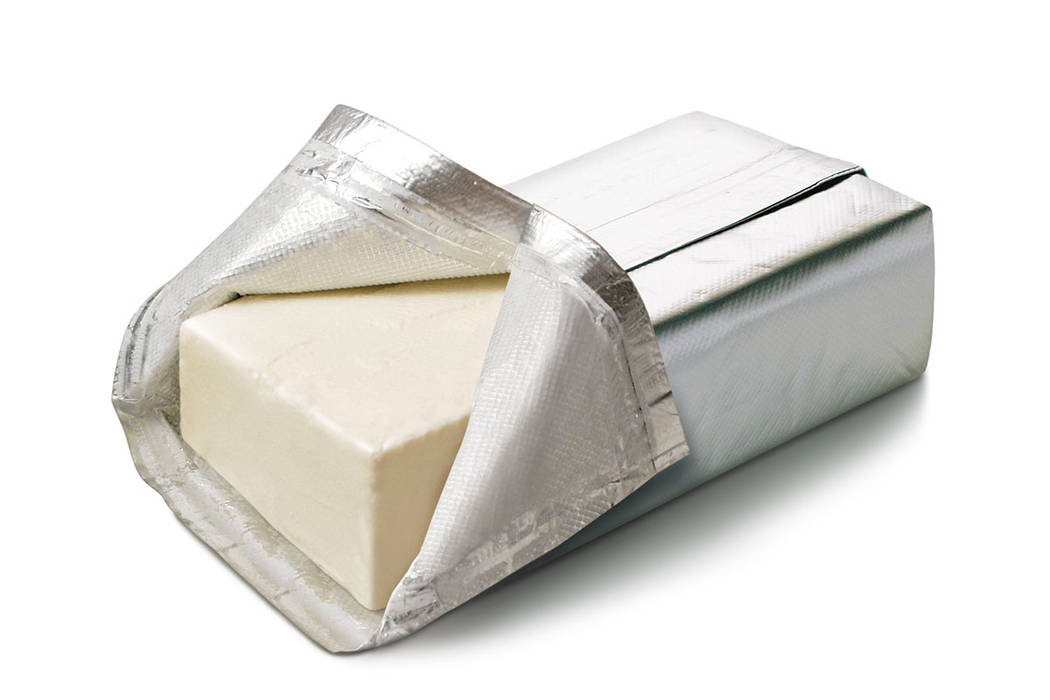‘Dopey dad’ stereotype gets cream cheese ad banned in UK
LONDON — An advertisement for cream cheese showing distracted dads leaving babies on a conveyer belt was banned by Britain’s ad regulator Wednesday under new rules against harmful gender stereotypes.
The Advertising Standards Authority said the ad for Philadelphia cream cheese “relied on the stereotype that men were unable to care for children as well as women and implied that the fathers had failed to look after the children properly because of their gender.”
Parent company Mondelez U.K. argued that the ad shows a positive image of men taking a responsible and active role in child care. It said it was “extremely disappointed” with the decision.
The advertising watchdog also banned a Volkswagen ad that shows men doing adventurous activities and a woman sitting on a bench beside a baby buggy.
“By juxtaposing images of men in extraordinary environments and carrying out adventurous activities with women who appeared passive or engaged in a stereotypical care-giving role, we considered that the ad directly contrasted stereotypical male and female roles and characteristics in a manner that gave the impression that they were exclusively associated with one gender,” the authority said.
Geraldine Ingham, head of marketing for Volkswagen U.K., said the ad shows both men and women “taking part in challenging situations.”
Wednesday’s rulings are the first under rules that took effect in June barring “gender stereotypes which are likely to cause harm or serious or widespread offense.” Examples given by the Advertising Standards Authority include depictions of a man failing to change a diaper or a woman unable to park a car or ads that suggest women are solely responsible for cooking and cleaning.
The advertising authority doesn’t have the power to impose fines, but British broadcasters are bound by the terms of their licenses to comply with its rulings.






















